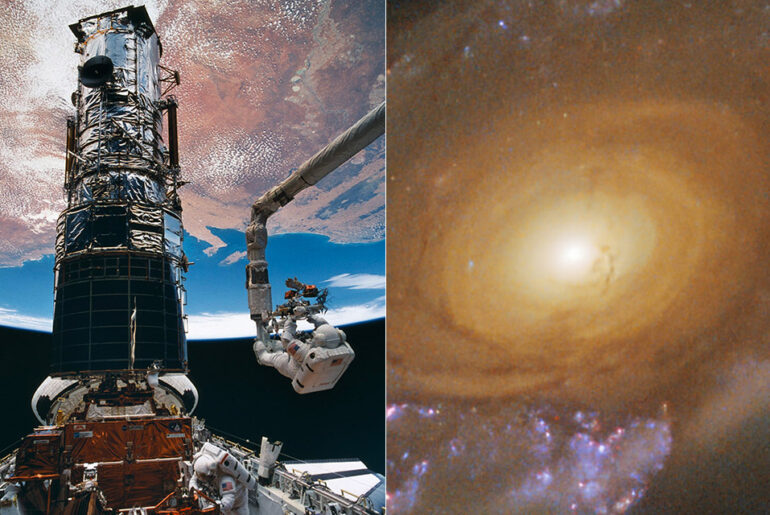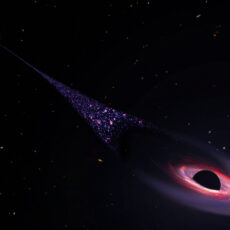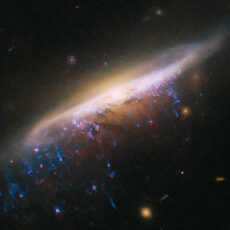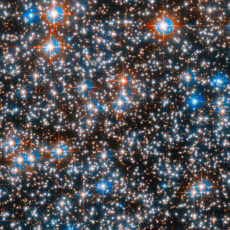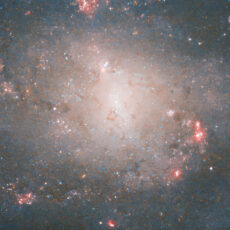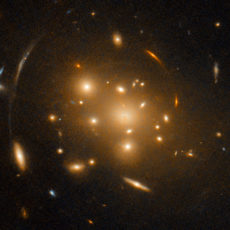
NASA / ESA’s Hubble Space Telescope captured jellyfish galaxy JW39 hangs, located over 900 million light-years away in the constellation Coma Berenices, adrift in a galaxy cluster. Typically galaxies in galaxy clusters are often distorted by the gravitational pull of larger neighbors, which can contort them into a variety of shapes.

The space between galaxies in a cluster can also be influenced by searingly hot plasma known as the intracluster medium. Even though the plasma may be insubstantial, galaxies moving through this are experience it like a swimmer would when fighting against a current, thus stripping them of their star-forming gas.
- THE PERFECT ALL-IN-ONE TELESCOPE KIT: Travel Scope DX features fully-coated glass optics, a potent 70mm objective lens, a full-height tripod, a...
- POWERFUL EYEPIECES FOR UP-CLOSE VIEWING: Our telescope for astronomy beginners is equipped with two high-quality eyepieces (20mm and 10mm) that...
- LARGE 70MM OBJECTIVE LENS: This refractor telescope features a large, 70mm aperture objective lens that provides brighter, more detailed views...
This interaction between the intracluster medium and the galaxies is called ram-pressure stripping and is the process responsible for the trailing tendrils of this jellyfish galaxy. As JW39 moved through the cluster, the pressure of the intracluster medium stripped away gas and dust into long trailing ribbons of star formation that now stretch away from the disk of the galaxy,” said NASA.

